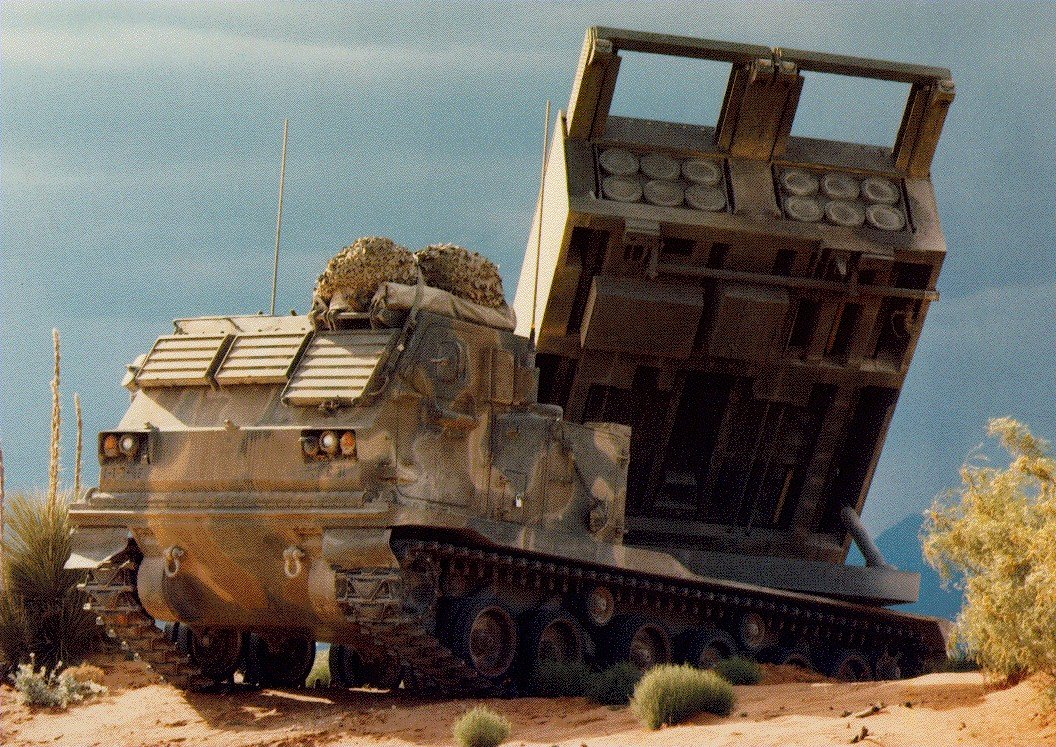This post is also available in:
 עברית (Hebrew)
עברית (Hebrew)
The US Army’s demilitarization program aims to dismantle obsolete ammunition and missiles. In order to minimize the risk to human lives, the task is operated by a new ground-breaking robotic system.
More than 700,000 Multiple Launch Rocket System submunitions have been demilitarized since the Army started using an automated nine-robot system developed by the US R&D lab Sandia National Laboratories.
The system safely reduces the stockpile of Multiple Launch Rocket System munitions that have been in storage and it enables the Army to recycle rocket materials — capabilities that did not exist. The Army can now recycle the rockets’ aluminum warhead skin, steel grenade bodies and copper.
Speeding up the process of demilitarization also reduces costs. The automated robotic system is designed to demilitarize up to 21 warheads per eight-hour shift.
The automated system, owned by the Army, is located at the Anniston Munitions Center’s Multiple Launch Rocket System Recycle Facility in Alabama. The project was funded and managed through the US Department of Defense, as reported by share-ng.sandia.gov.
“We were able to remove people from a potentially very dangerous situation and created something that allowed products to be recycled and reused, which is what the DoD demilitarization program is about,” said project lead Walt Wapman, a mechanical engineer.
Operations are still overseen by humans who learn to run the advanced robotics system and watch the process on live feeds in a control room. Computer vision, which is a form of artificial intelligence using digital images from cameras, can detect abnormalities during the demilitarization process and alert operators who determine if there is a safety concern.
All system robots are commercial-off-the-shelf robots that were customized and programmed by Sandia engineers to do specific tasks.
The system is organized into nine “cells.” The first cell is the weapons disassembly system where warheads are cut into separate foam pack sections. The foam packs filled with grenades are then delivered to cells two and three where the grenades are removed from the foam packs. From there, individual grenades are delivered to cells four through nine where the fuses are detached. Once the fuses are detached, the munitions have been disarmed.


























